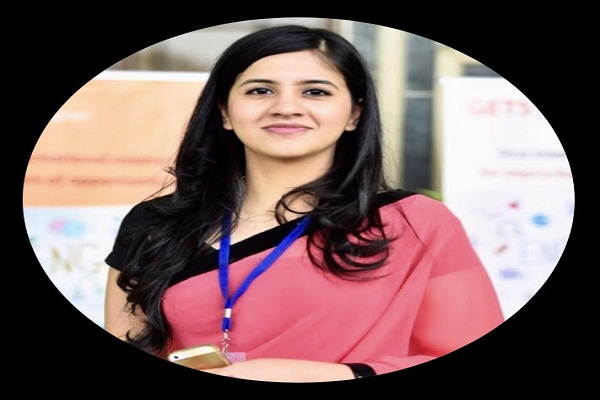
‘Multiple Intelligences’ is the new term that has been buzzing around in the space of education and learning in contemporary times. But this is not a topical concept, in fact it dates back to 1983 and was theorised by Howard Gardner.
According to Gardner, ‘We are all able to know the world through language, logical-mathematical analysis, spatial representation, musical thinking, the use of the body to solve problems or to make things, an understanding of other individuals, and an understanding of ourselves. Where individuals differ is in the strength of these intelligences – the so-called profile of intelligences -and in the ways in which such intelligences are invoked and combined to carry out different tasks, solve diverse problems, and progress in various domains.’
The eight types of multiple intelligences are briefly described below:
- Verbal-linguistic intelligence: This refers to an individual’s ability to analyse the given information and to produce work that involves spoken and written language, such as emails, debates, and stories.
- Logical-mathematical intelligence: This describes the ability to calculate, analyse and prove equations and formulae, and solve abstract problems.
- Visual-spatial intelligence: This allows people to comprehend information presented visually such as maps, signs and symbols, pie charts and the like.
- Musical intelligence: This enables individuals to create and make meaning of different types of sound.
- Naturalistic intelligence: This refers to the ability to identify and study the natural world such as flora, fauna, geography, climate change.
- Bodily-kinaesthetic intelligence: This entails using parts of one’s own body to find solutions to problems or to memorise information.
- Interpersonal intelligence: This encompasses the ability to grasp other people’s opinions, thoughts, motivations, and intentions.
- Intrapersonal intelligence: This refers to people’s ability to understand the nuances of one’s own personality and to be able to ideate on what one desires.
Fundamentally, this theory proposes that each learner has all eight types of the intelligences listed above at varying levels of aptitude and that all learning experiences do not have to relate to a person’s strongest area of intelligence. The theory of multiple intelligences has disrupted the way we look at traditional educational systems that assume that each student learns in the same way. It challenges pre-supposed notions and challenges the framework which we follow and that lays importance only on linguistic and quantitative modes of teaching and assessment.
The system of measuring one’s Multiple intelligences presents a contrasting set of assumptions that each student is at a different point on the learning spectrum and learns in a way that is identifiably distinctive. Therefore, the process of teaching-learning would highly benefit if disciplines are presented in a variety of ways and if assessments take place through diverse means.
The idea of a singleIQ is questioned by this method which supposes different ways of processing information. But this is not to be confused with the term ‘learning styles’ which is the way that an individual approaches a range of materials. One must keep in mind that learning is fluid and complex, and it is important to provide learners dissimilar contexts for absorbing information. As Gardner states, ‘When one has a thorough understanding of a topic, one can typically think of it in several ways.’
As an educator, it is important to think about innovative ways of presenting and disseminating information instead of pigeonholing students in a certain category of learners and relying on outdated methods of teaching concepts. For instance, one can introduce graphic stories to a student who likes art in order to teach the nuances of writing. Or one can introduce rhymes to a student who prefers music in order to teach mathematical formulae.
As the world is stepping into the second decade of the 21st century it becomes all the more pertinent now than before to think radically and to begin to view the process of teaching from a different lens. We needed to broaden our perspective of what is considered to be ‘intelligent’ and supplement the definition with new and multiple intelligences.






















